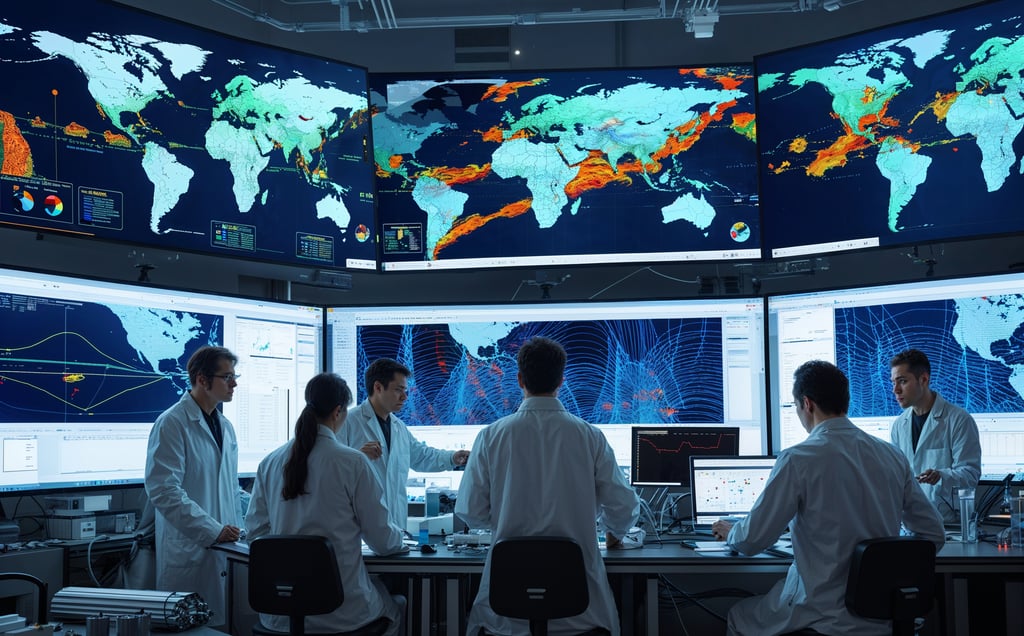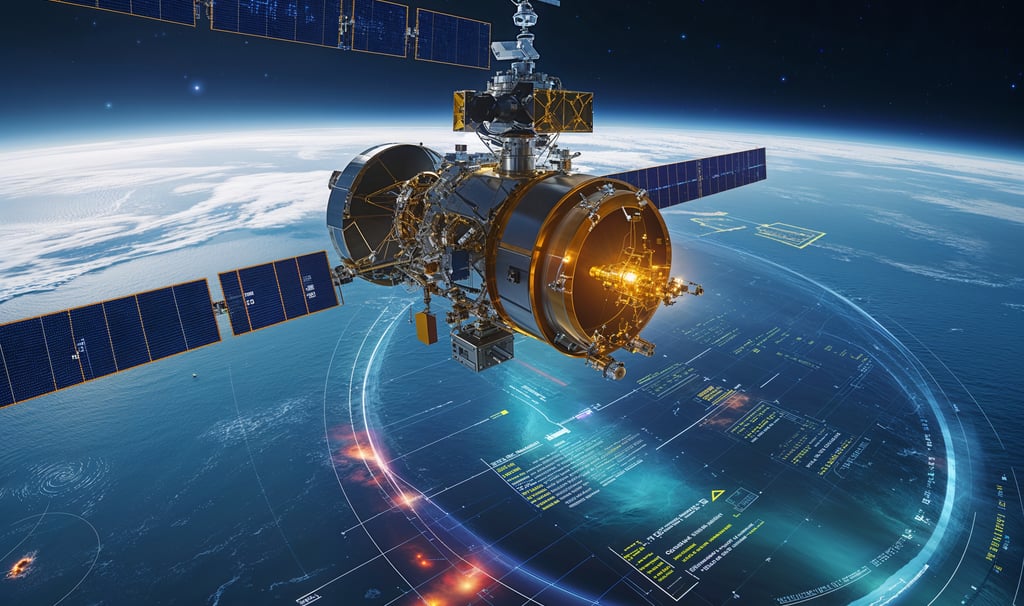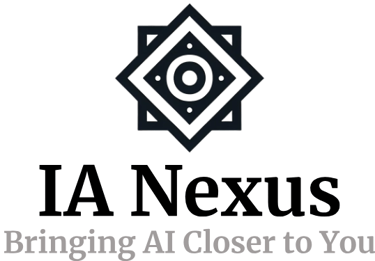How AI Could Help Predict Earthquakes and Prevent Disasters Like the Ones in Thailand and Myanmar
Discover how AI is revolutionizing earthquake and tsunami prediction, potentially saving lives. Learn about groundbreaking AI projects from Google, Harvard, and more, and how they could prevent disasters like the recent quakes in Thailand and Myanmar.
Alexander Hart
3/29/20252 min read


The Power of AI in Predicting Natural Disasters
Natural disasters strike without warning, leaving destruction and tragedy in their wake. This week’s devastating earthquakes in Thailand and Myanmar are yet another reminder of how vulnerable we are to the unpredictable forces of nature. But what if artificial intelligence (AI) could change that? What if we could harness the power of machine learning to predict earthquakes before they happen, saving countless lives?
A New Era of Earthquake Prediction
The idea of predicting earthquakes has long seemed like science fiction, but AI is bringing us closer to making it a reality. By analyzing massive amounts of seismic data, AI can detect subtle patterns and warning signs that human experts might overlook. With advanced machine learning models processing real-time data, scientists are beginning to identify potential quakes before they happen—something that was nearly impossible with traditional methods.
The Race to Predict the Unpredictable
For decades, scientists have struggled to develop a reliable method for predicting earthquakes. Traditional models rely on historical data, fault line activity, and geological surveys, but they often fail to provide accurate warnings in time. AI, however, is revolutionizing this field by analyzing massive amounts of seismic data in real time, detecting patterns that human experts might miss.
AI-Powered Breakthroughs in Earthquake Prediction
Several groundbreaking AI projects are already making waves in earthquake prediction:
Google & Harvard’s AI Model: Researchers from Google and Harvard have developed a machine learning system that can predict the locations of aftershocks with impressive accuracy. By analyzing seismic data, the AI detects patterns that indicate where the next tremor could hit.
Japan’s AI-Driven Earthquake Early Warning System: Japan, a country highly prone to earthquakes, has integrated AI into its seismic alert system. The AI processes real-time data and can send out alerts seconds before an earthquake strikes, giving people a crucial window to seek safety.
Can AI Prevent Tsunamis Too?
Earthquakes under the ocean floor often trigger tsunamis, which can be even more devastating. AI is now being trained to analyze underwater seismic data and oceanic changes to detect tsunami risks. By combining satellite imagery, deep-sea sensors, and machine learning models, scientists are working on systems that could warn coastal populations hours in advance.
What’s Next?
AI isn’t a magic solution...yet. But as these models continue to improve, we are getting closer to a future where earthquakes and tsunamis no longer take us by surprise. Governments and tech companies are investing heavily in AI-driven disaster prediction, recognizing its potential to save lives and minimize destruction.
The question isn’t whether AI will change the way we predict natural disasters—it’s when. And with each breakthrough, we move one step closer to a world where we can finally stay one step ahead of nature’s most destructive forces.




For more AI news, click the button below.
Insights
Stay updated on AI news and trends today.
Learn
© 2025. All rights reserved.
